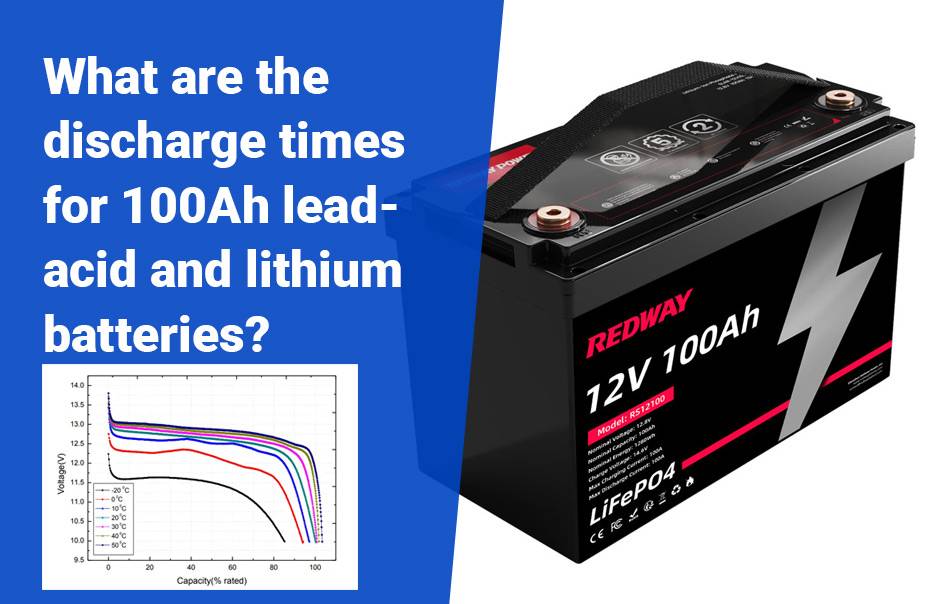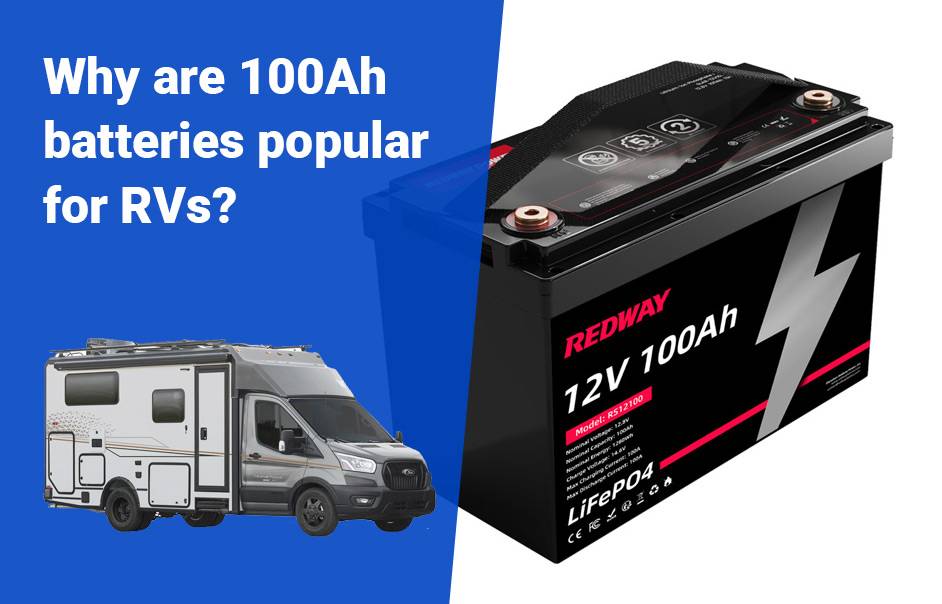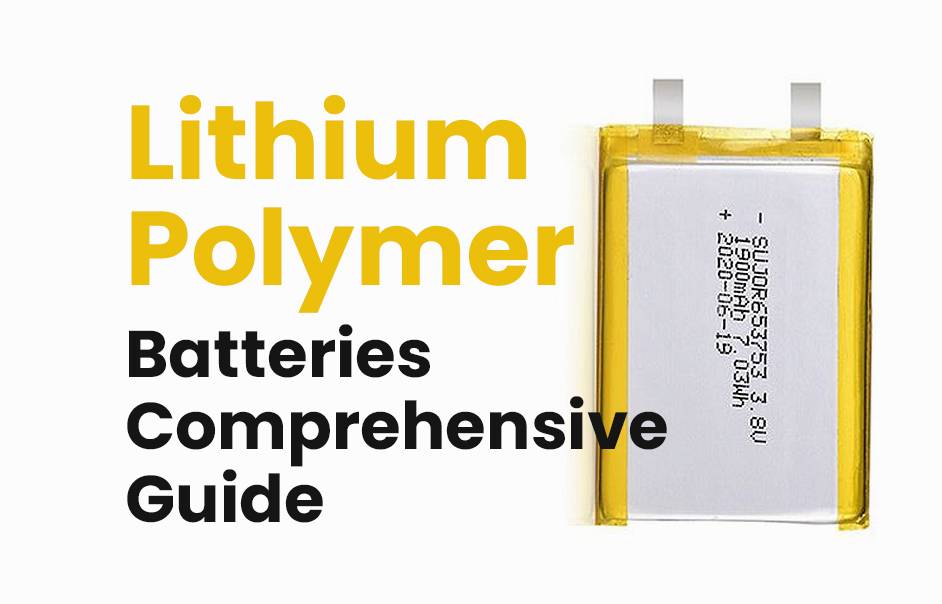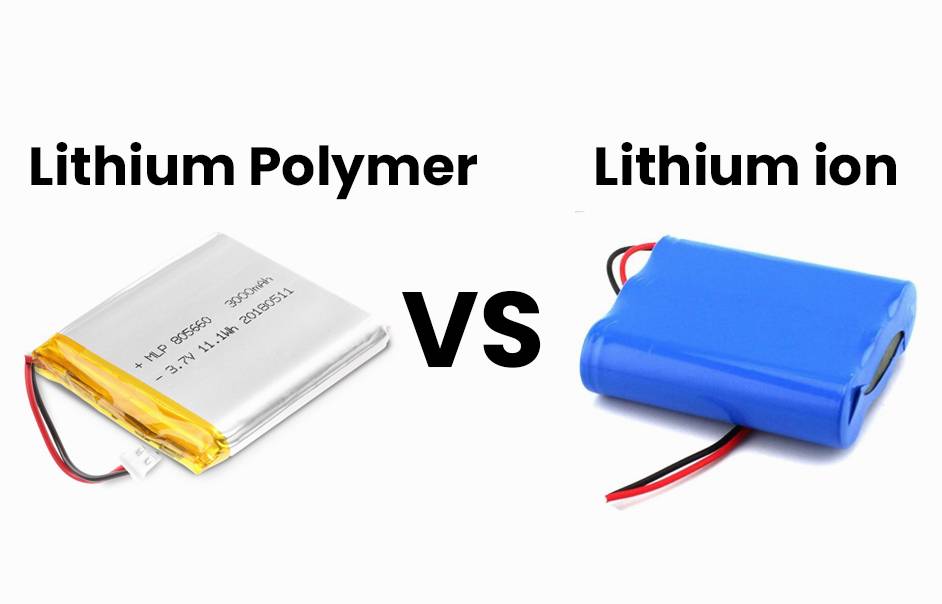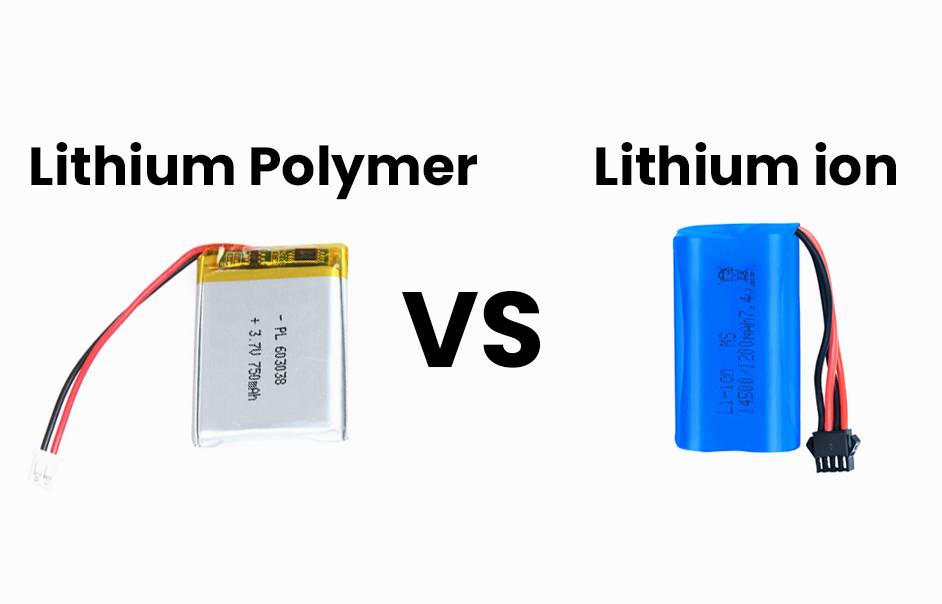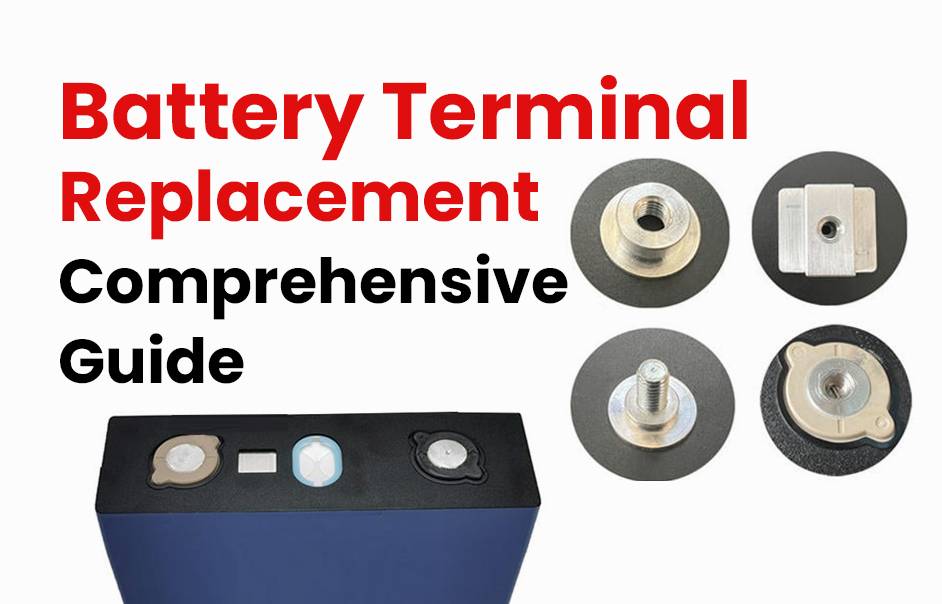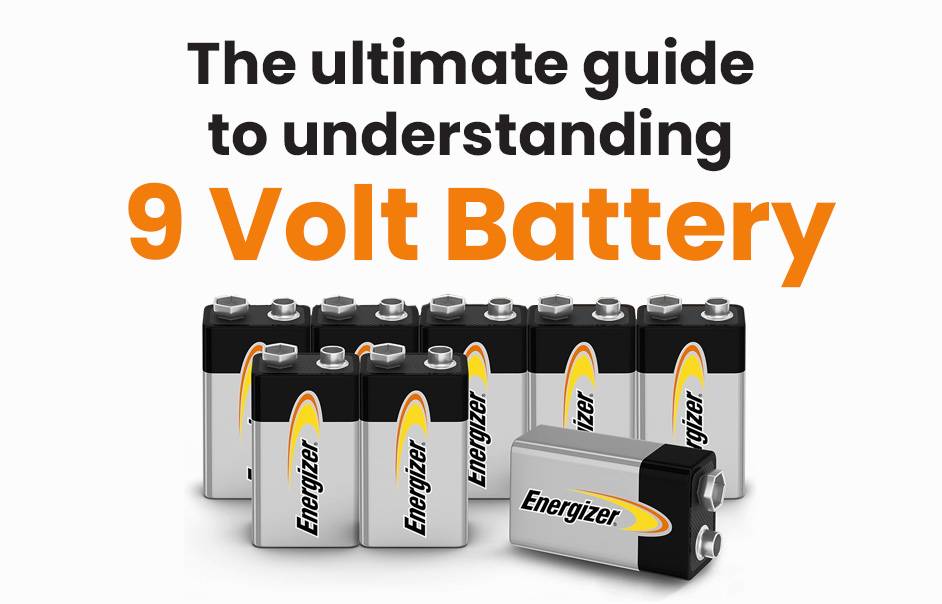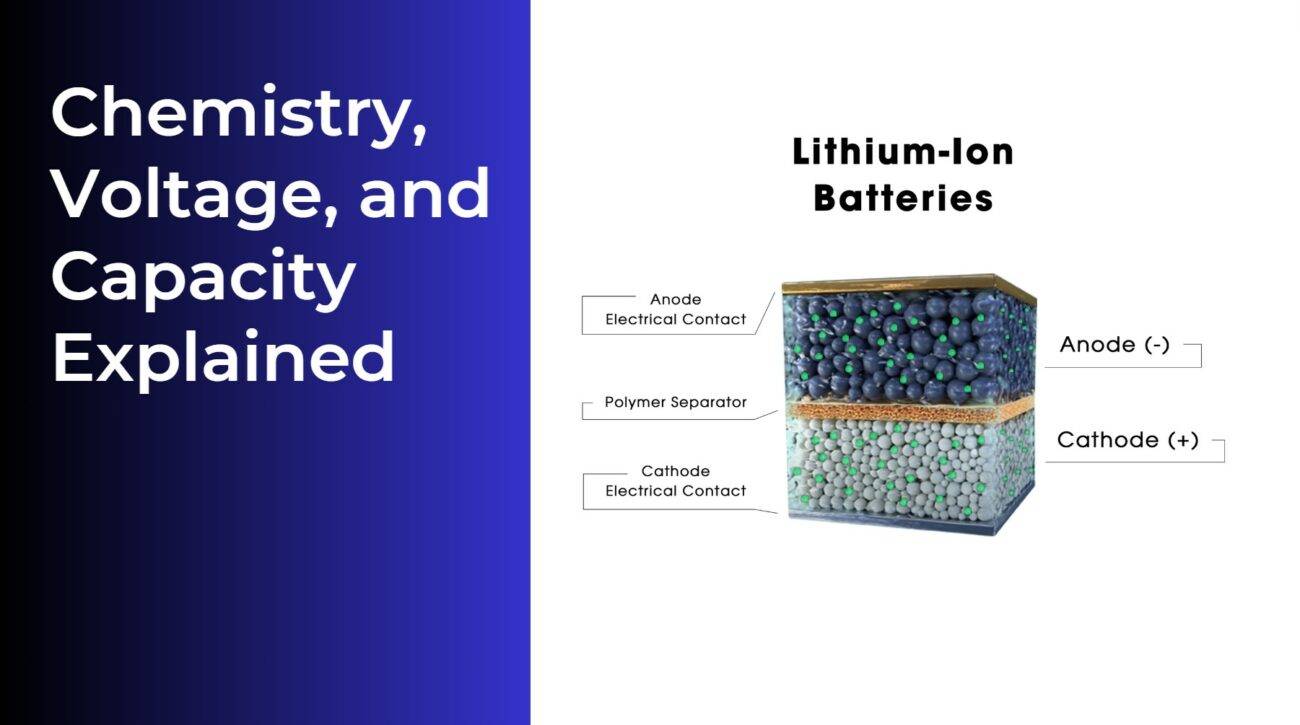- Forklift Lithium Battery
- Golf Cart Lithium Battery
- Rack-mounted Lithium Battery
51.2V 100Ah Rackmount LiFePO4 Battery
8000 times (80% DOD 0.5C)
Optional SNMP for TELECOM - Car Starter Battery
- 12V LiFePO4 Battery
12V 150Ah Lithium RV Battery
Bluetooth App | Self-heating
LiFePO4 | Group 31
UL 1642 | IEC 62619 - 24V LiFePO4 Battery
- 36V LiFePO4 Battery
- 48V LiFePO4 Battery
- 60V LiFePO4 Battery
60V 100Ah Lithium Battery (AGV, AMR, LGV)
Peak Discharge Current 400A
500 x 298 x 349 mm - 72V~96V LiFePO4 Battery
72V 100Ah Lithium Golf Cart Battery
Peak Discharge Current 315A (10S)
740 × 320 × 246 mm - Wall-mounted Lithium Battery
51.2V 100Ah 5kWh
Wall-mounted Battery532 x 425 x 170 mm / LiFePO4
>8000 Cycles (80% DOD 0.5C)
RS485 / CAN-bus
for Solar Home ESS - Home-ESS All-in-One
51.2V 32kWh
All-in-On HESS SystemPowerAll
51.2V / LiFePO4
>8000 Cycles (80% DOD 0.5C)
RS485 / CAN-bus / WiFi
All-in-One for Home ESS
How Many Watts Can a 12V 100Ah Battery Produce?
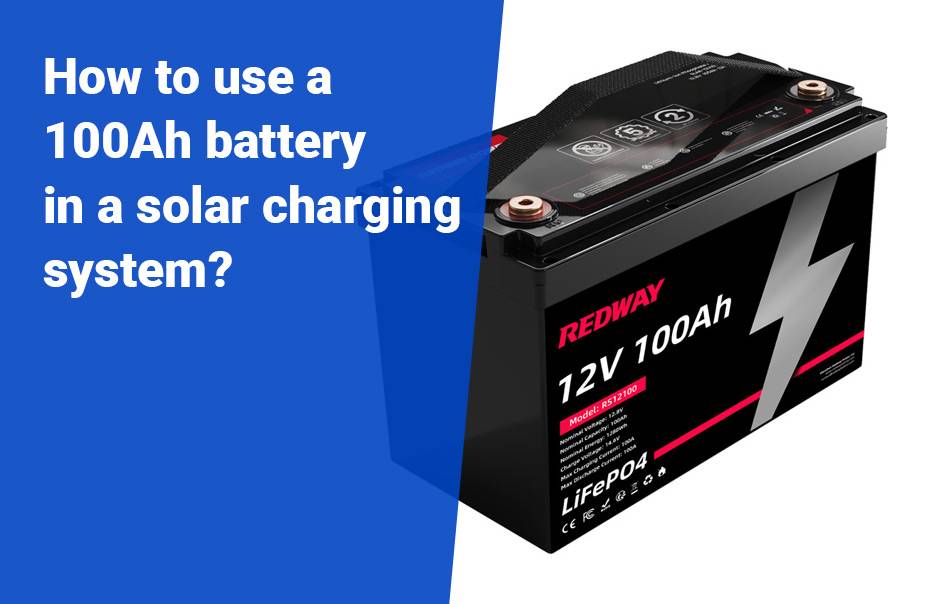
A 12V 100Ah battery can produce up to 1200 watts of power under ideal conditions. This is calculated by multiplying the voltage (12 volts) by the capacity (100 amp-hours). Understanding how to calculate and interpret this power output is essential for effectively using batteries in various applications.
What Is the Power Output of a 12V 100Ah Battery?
The power output of a 12V 100Ah battery is 1200 watt-hours (Wh), calculated by multiplying voltage (12V) by amp-hours (100Ah). This means the battery can theoretically provide 1200 watts for one hour or proportionately less power over a longer duration.
The theoretical power output of a 12V 100Ah battery is calculated as follows:
Power W =Voltage V ×Current A
For example, with a fully charged 12V battery providing 100A, the calculation would be:
Power=12V×100A=1200W
This means that under ideal conditions, this battery can deliver up to 1200 watts for one hour.
Chart: Power Output Calculation
| Voltage (V) | Capacity (Ah) | Power Output (W) |
|---|---|---|
| 12 | 100 | 1200 |
How to Calculate the Wattage of a Battery?
To calculate the wattage, you can use the formula mentioned above. If you want to determine how long the battery can run under load, you can also use:
Watt Hours Wh =Amp Hours Ah ×Voltage V
For example, for a 12V 100Ah battery:
Watt Hours=100Ah×12V=1200Wh
This means that if you draw 1200 watts, it will last for approximately one hour under ideal conditions.
What Factors Affect the Usable Power from a Battery?
Usable power from a battery is influenced by factors such as temperature, battery age, internal resistance, state of charge, and discharge rate. Higher temperatures can enhance performance, while lower temperatures and aging can reduce capacity and efficiency.
Several factors influence how much usable power you can get from your 12V battery:
- Discharge Rate: Higher discharge rates can lead to reduced capacity due to internal resistance.
- Battery Age and Condition: Older batteries may not hold their full capacity, leading to lower output.
- Temperature: Extreme temperatures can affect battery performance and efficiency.
- Inverter Efficiency: If you’re using an inverter, its efficiency will impact how much usable power you get from the battery.
What Does 100Ah Mean for a Battery?
A rating of 100Ah means the battery can supply 100 amperes for one hour or lesser current over an extended period. This capacity indicates how long the battery can provide power before needing to be recharged.
- The battery can provide 100 amps for one hour, or
- It can provide 10 amps for ten hours, or
- It can provide 1 amp for one hundred hours.
This flexibility allows users to match their power needs with the appropriate usage scenario.
How Do You Convert Amp-Hours to Watt-Hours?
To convert amp-hours to watt-hours, multiply the amp-hour rating by the voltage. The formula is: Watt-hours (Wh) = Amp-hours (Ah) × Voltage (V). For example, a 12V battery rated at 50Ah would yield 600Wh.
Use the formula:
Watt Hours=Amp Hours×Voltage
For instance, for a 12V battery with a capacity of 100Ah:
Watt Hours=100Ah×12V=1200Wh
This conversion is crucial for understanding how long your battery will last under different loads.
What Is the Maximum Power Output of a 12V Battery?
The maximum power output of any battery depends on its specifications and health. For example, while a fully charged 12V 100Ah lead-acid battery has an ideal maximum output of 1200 watts, real-world scenarios often yield lower outputs due to inefficiencies and losses.
How Long Will a 100Ah Battery Last Under Load?
A 100Ah battery will last approximately one hour under a continuous load of 100 amps. However, actual runtime may vary based on factors like load type, efficiency, and battery condition. For lower loads, the runtime increases proportionately.
The duration that a 100Ah battery will last under load depends on the current drawn by connected devices. For example:
- If drawing 1200 watts, at 12 volts, you would draw 100 amps, meaning it would last about one hour.
- If drawing only 600 watts, it would last approximately two hours since it draws only 50 amps.
What Are the Efficiency Considerations for Using a Battery?
Efficiency considerations include charge and discharge rates, temperature effects, and internal resistance. Maintaining optimal operating conditions and avoiding deep discharges can enhance overall efficiency and prolong battery life. Regular maintenance also plays a crucial role in performance.
Efficiency considerations include:
- Inverter Losses: If using an inverter, expect about 10-15% energy loss during conversion from DC to AC.
- Depth of Discharge (DoD): Regularly discharging batteries below 50% capacity can shorten their lifespan.
- Temperature Effects: Batteries perform best within their recommended temperature ranges; extreme heat or cold can reduce efficiency.
Tips for Battery Wholesale Buyers
When selecting batteries for OEM applications, consider:
- Performance Requirements: Assess energy density, cycle life, and discharge rates needed for your application.
- Cost Efficiency: Evaluate both initial costs and long-term savings associated with battery longevity and maintenance.
- Supplier Reliability: Partner with established manufacturers like Redway Power, which offers high-quality lithium battery solutions backed by over 13 years of experience.
By understanding these factors, buyers can make informed decisions that enhance their product offerings while optimizing performance.
Redway Power Expert Views
“Understanding wattage and capacity is key when working with batteries,” states an expert from Redway Power. “Knowing how much power your battery can deliver helps ensure you choose the right solutions for your energy needs.”In conclusion, knowing that a fully charged 12V 100Ah battery can produce up to 1200 watts is essential for effective energy management in various applications.
FAQs
How long does it take to charge a 100Ah battery using solar panels?
To determine the charging time required for a 100Ah battery using solar panels, we can look at a specific scenario. Suppose we have a 12V 100Ah lead acid battery that has been discharged to 50Ah. If we utilize a 100W solar panel under optimal sunlight conditions, it would generate an output of around 8.33 amps.
To estimate the time needed to recharge this battery, we can divide the remaining capacity (50Ah) by the charging current (8.33 amps). This calculation yields approximately 6 hours for a full recharge. However, in practice, the actual charging time may fall between 6 and 7 hours due to factors like variations in sunlight intensity. It’s worth noting that the charging process can be expedited by employing multiple solar panels to increase the overall charging capacity.
What size solar panel to charge 100Ah battery?
To determine the size of a solar panel needed to charge a 100Ah battery, one should consider the solar panel’s power output, measured in watts, under optimal sunlight conditions. By multiplying the wattage rating of the solar panel by the average number of hours of direct sunlight it receives daily, you can calculate the total solar energy output generated by the solar panel. For instance, a 100 watt solar panel exposed to 5 hours of sunlight each day would produce a total output of 500 watt hours (Wh). This output can be used to charge a 100Ah battery efficiently while considering factors such as charging efficiency, battery charge controller losses, and potential weather variations. By ensuring the solar panel’s output matches or exceeds the energy requirements necessary to charge a 100Ah battery, you can effectively harness solar power for your battery charging needs.
What are the different types of deep cycle batteries?
Different types of deep cycle batteries include lead acid and Lithium Iron phosphate (LiFePO4) batteries. Lead acid batteries are generally more affordable, while LiFePO4 batteries are more expensive upfront but have a longer lifespan, recharge faster, and provide better performance. It’s important to consider the chemistry of the deep cycle battery as it directly impacts its efficiency and effectiveness. For more detailed information on the comparison between Lithium and Lead Acid batteries, you can refer to “The Complete Guide To Lithium Vs Lead Acid Batteries” by Power Sonic.
How many batteries do I need to power multiple appliances?
To determine how many batteries you need to power multiple appliances, it’s essential to calculate the total power consumption of your appliances per day.
Start by listing all the appliances you plan to use in your RV and determine the number of amps each appliance requires to run. Multiply this by the number of hours you intend to use each appliance daily to find the total power consumption for that appliance. For example, if a laptop uses 5 amps and you plan to use it for 3 hours a day, the total daily power consumption for the laptop would be 15 amp hours.
Once you have calculated the daily power consumption for each appliance, add them up to find the total power consumption per day in amp hours. This total will help you choose the right battery or batteries to meet your electrical needs.
It’s important to consider that lead acid batteries should not be discharged beyond 50% of their total capacity. To determine the actual usable capacity of a lead acid battery, divide its listed amp hours by two. For instance, a 100Ah lead acid battery will provide you with 50Ah of usable capacity.
On the other hand, Lithium iron Phosphate batteries can be discharged to lower levels compared to lead acid batteries. Refer to the manufacturer’s recommendations to find out how low these batteries can be safely discharged. This information will guide you in deciding on the number and type of batteries required to power your multiple appliances efficiently.
How long will a 100Ah battery last?
A 100Ah battery has a capacity of 100 ampere-hours, meaning it can supply a current of 1 amp for 100 hours, 2 amps for 50 hours, or 100 amps for just one hour. The duration a 100Ah battery will last depends on the electrical requirements of the devices connected to it. For example, if your laptop consumes 5 amps of power and you use it for 8 hours a day, you would need 40Ah of battery capacity to power it for a full day. In this scenario, a 100Ah battery could run the laptop continuously for about 2.5 days before it requires recharging. Therefore, the actual duration a 100Ah battery will last varies based on the power consumption of the devices being powered and the intended usage patterns.
Why is it necessary for the appliances to match the voltage source?
It is important for appliances to match the voltage source to ensure proper functionality and safety. Appliances are designed to operate at a specific voltage level, and using a mismatched voltage can lead to damage or malfunction. For example, if an appliance requiring 12 volts is connected to a 6-volt source, it may not power on or operate correctly. On the other hand, connecting a 6-volt appliance to a 12-volt source can potentially cause it to overheat or fail due to the excess voltage.
Matching the voltage source to the appliance specifications ensures that the electrical components receive the correct power they are designed for, leading to optimal performance and longevity. Additionally, using a compatible voltage source reduces the risk of electrical hazards such as short circuits, electrical fires, or damage to the appliance itself. Therefore, it is necessary for appliances to match the voltage source to guarantee safe and efficient operation.
How is the flow of electricity similar to the flow of water?
The flow of electricity can be understood by drawing a parallel to the flow of water through a hose. In this analogy, amps can be likened to the speed at which water flows through the hose, voltage is comparable to the water pressure within the hose, and watts indicate the quantity of water passing through the hose. Amp hours provide insight into the total amount of water that would flow through the hose within an hour. This comparison helps to illustrate the concepts of electrical flow in a tangible and relatable way, making it easier to grasp the complexities of electricity through a familiar scenario involving water flow.
What is an Amp Hour?
An Amp Hour, also referred to as an ampere hour (Ah), is a unit of measurement that indicates the capacity of a battery to supply a certain amount of current for one hour. To understand what an Amp Hour represents, it’s essential to grasp a few fundamental electrical terms.
Amps (amperes) quantify electrical current by measuring the rate at which electrons flow through a conductive material. Volts measure voltage, representing the difference in electrical potential or the electron quantity between two points in a closed electrical circuit. Watts, another unit of measurement, gauge the power produced as a result of the flow of amps through the electromotive force of volts. Calculating watts involves multiplying the number of amps by the number of volts.
In summary, an Amp Hour provides insight into a battery’s capacity to deliver a specific current output for one hour, thereby representing one of the critical aspects in determining the performance and endurance of a battery.
What does 100Ah mean on a battery?
When a battery is labeled as 100Ah, it signifies that the battery has a capacity of delivering a current of 100 amperes for one hour. Alternatively, this battery can provide a current of 50 amperes for two hours, or 10 amperes for 10 hours. In essence, the 100Ah rating indicates the amount of current the battery can supply over a specific duration before needing to be recharged.
What are the different types of RV batteries?
When it comes to RV batteries, there are typically two main types that you’ll find onboard: starting (SLI) batteries and deep cycle batteries. Starting batteries are specifically designed to deliver quick bursts of energy, making them ideal for starting the engine. However, they are not well-suited for serving as a house battery in RVs. This role is typically filled by deep cycle batteries.
Deep cycle batteries are engineered to provide smaller amounts of power consistently over a longer period of time. These batteries, often rated in ampere-hours (Ah), are commonly used to power various appliances inside the RV such as lights and clocks. Unlike starting batteries, deep cycle batteries are capable of handling constant, lower-power draws making them an essential component for powering the living quarters of an RV.
Why are 100Ah batteries so popular for RVs?
100Ah batteries are popular for RVs due to their practicality and efficiency. These batteries are favored in the RV community because they offer a significant capacity without being overly heavy or cumbersome to handle. With the capability to power essential devices such as lights, charge electronic devices, and operate small appliances, the 100Ah battery strikes a balance between capacity and portability that makes it an ideal choice for RV enthusiasts. Additionally, their affordability and compact size further contribute to their popularity among RV owners looking for a reliable power source that meets their needs while on the road.
When is a 12-volt battery considered to be discharged?
A 12-volt battery is typically considered discharged when its voltage drops below 11.8 volts. Regular use and deep discharge can damage the battery, reducing its lifespan.
How much voltage does a fully charged 12-volt battery produce?
A fully charged 12-volt battery produces about 12.6 to 12.8 volts. When the engine is running, the voltage can increase to around 13.7 to 14.7 volts due to the alternator’s charging.
What factors can impact the voltage produced by a car battery?
Factors affecting a car battery’s voltage include the state of charge, temperature, battery age, and the load on the electrical system. Cold temperatures can reduce voltage output, while a worn battery or poor connections can also impact voltage.
How much electricity do car batteries produce?
Car batteries produce electrical energy measured in amp-hours (Ah) and volts. For instance, a typical car battery might be rated at 48 amp-hours (Ah) and 12 volts, delivering a total of 576 watt-hours (Wh) of energy.
What type of battery is less affected by cold temperatures?
Lithium batteries are less affected by cold temperatures compared to lead-acid batteries. They maintain performance better in low temperatures and have a higher tolerance for cold weather conditions.
Why are most vehicle batteries either 12 or 6 volts?
Most vehicle batteries are either 12 or 6 volts due to historical standards and compatibility with the electrical systems of internal combustion engine vehicles. The 12-volt system is more common for modern vehicles, providing a balance between power and efficiency.
Why does it take longer to start a car in cold weather?
Cold weather thickens engine oil and increases the resistance in the engine, making it harder to turn over. Additionally, low temperatures reduce the battery’s ability to deliver high cranking amps, making starting the engine more difficult.

















